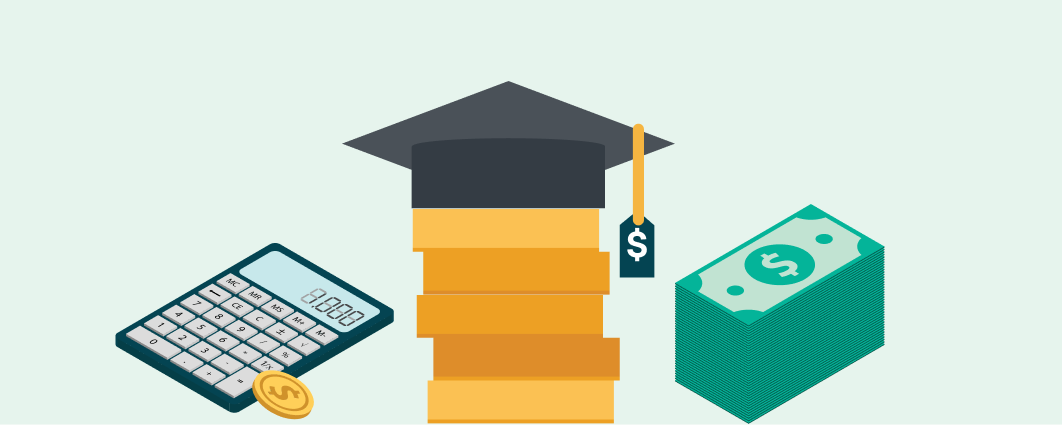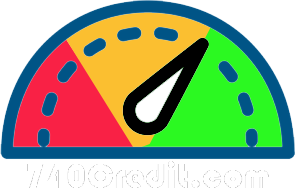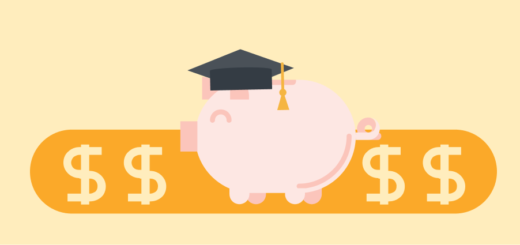Disposable vs. Discretionary Income: Definitions and Calculations

Our goal is to give you the tools and confidence you need to improve your finances. Although we receive compensation from our partner lenders, whom we will always identify, all opinions are our own. Credible Operations, Inc. NMLS # 1681276, is referred to here as “Credible.”
If you’ve ever completed a tax return, read a pay stub, or requested an income-driven repayment (IDR) plan for federal student loans, you realize you have more than one “level” of income.
There’s gross income — all the money you get in a year. And net income is what you take home after taxes. At tax time, you’ll calculate your tax obligation based on your adjusted gross income — your total income for the year minus certain deductions.
When you apply for an IDR plan, your loan servicer will set your monthly payment based on yet another level of income — your discretionary income. So it’s important to understand what the term actually means.
Here’s what to know about discretionary income, how it differs from disposable income, and the role it plays in setting your monthly federal student loan payment:
Disposable income vs. discretionary income
Disposable income is your gross income minus federal, state, and other withholding taxes. It’s the amount of money you have left after taxes to spend on necessities and non-essentials.
In most cases, discretionary income is what you have left after taxes and the cost of necessary expenses. But for purposes of income-driven repayment plans, your discretionary income is the difference between your annual income and a percentage of the poverty guideline for your family size and the state where you live.
- For the Income-Contingent Repayment Plan, your discretionary income is the difference between your annual income and 100% of the applicable poverty guideline.
- For the Income-Based Repayment and Pay As You Earn Repayment plans, your discretionary income is the difference between your annual income and 150% of the applicable poverty guideline.
When you enroll in an income-driven repayment plan for your federal student loans, your monthly payment is based on your discretionary income.
Examples of necessary expenses
Some examples of what would be considered necessary expenses include:
- Housing, like mortgage or rent
- Transportation
- Food
- Utilities
- Insurance
- Healthcare expenses
- Child care expenses
- Necessary clothing
Check it out: How Much Income Should Go Toward Repaying Student Loans?
Discretionary income dictates your income-driven repayment amount
To estimate your payments under an income-driven repayment plan, you’ll first need to calculate your discretionary income. To do that, you need to know your annual income and the poverty guidelines that apply to you. The U.S. Department of Health and Human Services sets the guidelines based on state of residence and number of people in a family.
When your federal loans are on an IDR plan, your monthly payment will be a percentage of your discretionary income.
Here’s how discretionary income is used to calculate your monthly payment under each type of income-driven repayment plan.
Pay As You Earn Repayment Plan (PAYE Plan)
If you qualify for a PAYE Plan, you’ll pay 10% of your discretionary income toward your loan each month — provided that amount is less than what you’d pay under the 10-year Standard Repayment Plan. If your annual discretionary income is less than your federal student loan debt, you’ll likely qualify for this plan.
Revised Pay As You Earn Repayment Plan (REPAYE Plan)
The Revised Pay As You Earn Repayment Plan is similar to the PAYE Plan in that you’ll have to pay 10% of your discretionary income. But this plandoesn’t cap your payment amount at what you’d pay on the Standard Repayment Plan. This means if your income increases, your monthly payment could exceed what you’d pay on the Standard Repayment Plan.
- In the first year of your repayment plan, your monthly discretionary income is $850.
- Your payment under the Standard Repayment Plan is $100 per month, but you qualify for REPAYE, bringing your monthly payment down to $85.
- In the second year of your student loan, your monthly discretionary income doubles to $1,700.
Your new REPAYE monthly payment is $170 — 10% of your discretionary income, and $70 more than your Standard Repayment Plan amount.
Income-Based Repayment Plan (IBR Plan)
Your monthly student loan repayment amount on the IBR Plan is 10% if you’re a new borrower, meaning you had no previous outstanding balance on a Direct Loan or FFEL loan. If you’re not a new borrower, your payment is 15% of your discretionary income.
Income-Contingent Repayment Plan (ICR Plan)
If you’re under the Income-Contingent Repayment Plan, you’ll pay the lesser of:
- The amount you’d pay with a 12-year fixed-payment loan, adjusted for your income, or
- 20% of your discretionary income
The ICR Plan is the only income-driven repayment plan available for parent borrowers who consolidate their Direct or Federal PLUS Loans into a Direct Consolidation Loan.
Calculating your discretionary income is different for an ICR Plan than for other repayment plans because it’s based on 100% of the poverty guideline, compared to 150%. If you’re unsure, the Department of Education’s loan simulator is a useful tool to help you determine how much you could be making in loan payments each month. They’ll also help you calculate your discretionary income and ultimately your monthly student loan payment amount.
How to calculate discretionary income for student loans
Here’s how to calculate your discretionary income for student loan purposes:
- Determine the Federal Poverty Line (FPL) for your household size. You can find the most recent figures at The Assistant Secretary for Planning and Evaluation website. In general, the larger your household size, the greater the guideline amount will be. Note that Alaska and Hawaii have their own separate poverty level figures.
- Multiply the FPL for your household size by 150% (or 100% if you’re on the ICR Plan). For example, if you’re married with one child and live in Alaska, your FPL is $28,790. Multiplied by 150%, your guideline amount is $43,185, or $28,790 if multiplying by 100%.
- Subtract the above calculation from your adjusted gross income (AGI). To determine your AGI, look at last year’s Form 1040 federal income tax return. If your AGI is $67,850, then your discretionary income is $24,665 for most IDR plans, or $39,060 for an Income-Contingent Repayment Plan.
Our student loan calculator can help you understand your monthly student loan payments and interest costs.
Enter loan information
If you increase your payments by $ monthly on your $ loan at %, you will pay $ a month and pay off your loan by Jan 2021.
Does refinancing make sense for you?
Compare offers from top refinancing lenders to determine your actual savings.
Check Personalized Rates
Checking rates won’t affect your credit score
150% of the income poverty guideline
The poverty guideline is a federal government threshold used to determine your eligibility for certain programs, such as federal student loan repayment plans. Alaska and Hawaii have slightly higher poverty level guidelines.
The following tables show 150% of the poverty guideline for the 48 contiguous states and Washington, D.C., plus Alaska and Hawaii:
| 48 contiguous states and Washington, D.C. | |
|---|---|
| Number of people in household | 150% of poverty guideline |
| 1 | $20,385 |
| 2 | $27,465 |
| 3 | $34,545 |
| 4 | $41,625 |
| 5 | $48,705 |
| 6 | $55,785 |
| 7 | $62,865 |
| 8 | $69,945 |
| Alaska | |
|---|---|
| Number of people in household | 150% of poverty guideline |
| 1 | $25,485 |
| 2 | $34,335 |
| 3 | $43,185 |
| 4 | $52,035 |
| 5 | $60,885 |
| 6 | $69,735 |
| 7 | $78,585 |
| 8 | $87,435 |
| Hawaii | |
|---|---|
| Number of people in household | 150% of poverty guideline |
| 1 | $23,445 |
| 2 | $31,590 |
| 3 | $39,735 |
| 4 | $47,880 |
| 5 | $56,025 |
| 6 | $64,170 |
| 7 | $72,315 |
| 8 | $80,460 |
If you decide to take out a private student loan, remember to shop around and consider as many lenders as you can. This way, you can find the right loan for your situation.
This is easy with Credible: You can compare your prequalified rates from multiple lenders in two minutes — without affecting your credit.
See Your Rates
Checking rates will not affect your credit




